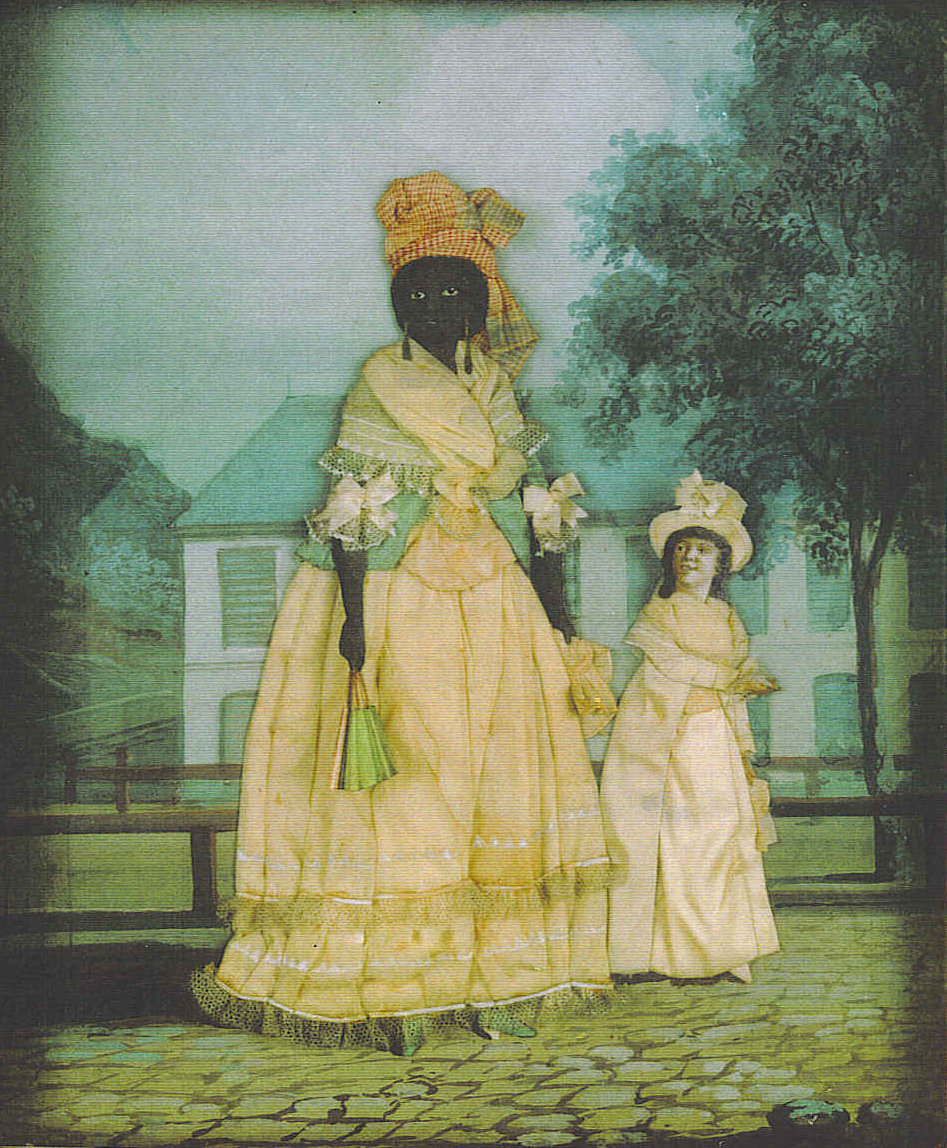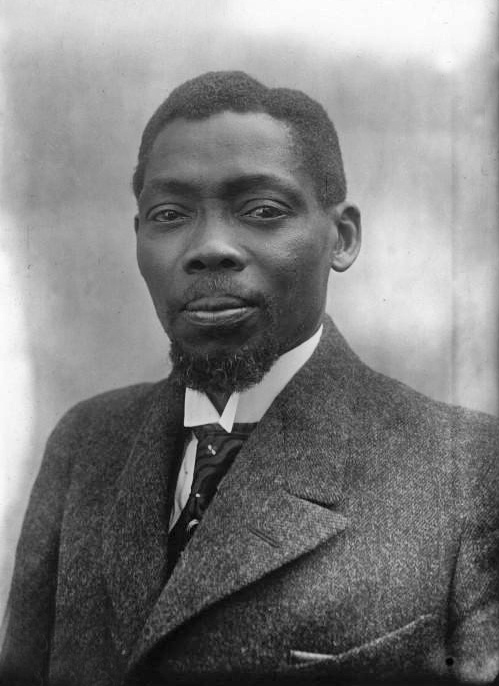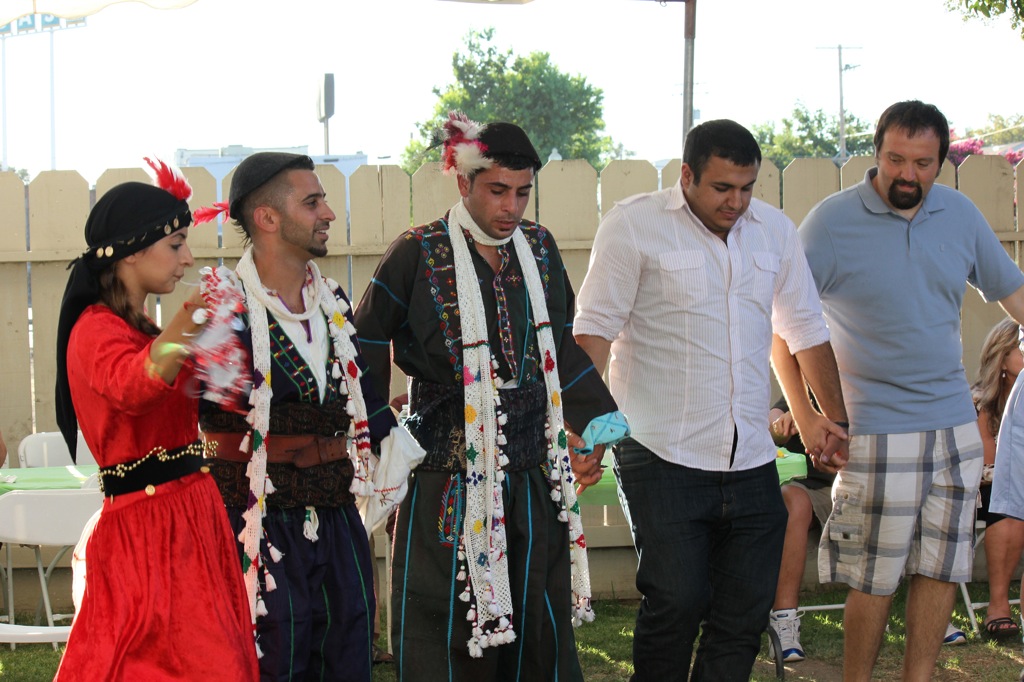|
Affranchi
''Affranchi'' (, ) is a former French legal term denoting a freedman or emancipated slave, but also a pejorative term for free people of color. It is used in the English language to describe the social class of freedmen in Saint-Domingue, and other slave-holding French territories, who held legal rights intermediate between those of free whites and enslaved Africans. In Saint-Domingue, roughly half of the ''affranchis'' were '' gens de couleur libres'' (free people of color; ''Mulatto'') and the other half African slaves. The term is derived from the French word for emancipation—, or enfranchisement in terms of political rights. But, the ''affranchis'' were barred from the franchise (voting) prior to a 1791 court case, which followed the French Revolution. The decision in their favor prompted a backlash from the French white planter class on Saint-Domingue, who also exerted power in France. These elements contributed to the outbreak of the Haitian Revolution. The ''affranc ... [...More Info...] [...Related Items...] OR: [Wikipedia] [Google] [Baidu] |
Saint-Domingue
Saint-Domingue () was a French colonization of the Americas, French colony in the western portion of the Caribbean island of Hispaniola, in the area of modern-day Haiti, from 1659 to 1803. The name derives from the Spanish main city on the island, Santo Domingo, which came to refer specifically to the Spanish-held Captaincy General of Santo Domingo, now the Dominican Republic. The borders between the two were fluid and changed over time until they were finally solidified in the Dominican War of Independence in 1844. The French had established themselves on the western portion of the islands of Hispaniola and Tortuga (Haiti), Tortuga thanks to the Devastations of Osorio. In the Treaty of Ryswick of 1697, Spain formally recognized French control of Tortuga Island and the western third of the island of Hispaniola. In 1791, slaves and some Saint-Domingue Creoles, Creoles took part in a Haitian Vodou, Vodou ceremony at Bois Caïman and planned the Haitian Revolution. The slave rebe ... [...More Info...] [...Related Items...] OR: [Wikipedia] [Google] [Baidu] |
Gens De Couleur Libres
In the context of the history of slavery in the Americas, free people of color (; ) were primarily people of mixed African, European, and Native American descent who were not enslaved. However, the term also applied to people born free who were primarily of black African descent with little mixture. They were a distinct group of free people of color in the French colonies, including Louisiana and in settlements on Caribbean islands, such as Saint-Domingue (Haiti), St. Lucia, Dominica, Guadeloupe, and Martinique. In these territories and major cities, particularly New Orleans, and those cities held by the Spanish, a substantial third class of primarily mixed-race, free people developed. These colonial societies classified mixed-race people in a variety of ways, generally related to visible features and to the proportion of African ancestry. Racial classifications were numerous in Latin America. A freed African slave was known as '' affranchi'' (). The term was someti ... [...More Info...] [...Related Items...] OR: [Wikipedia] [Google] [Baidu] |
Free People Of Color
In the context of the history of slavery in the Americas, free people of color (; ) were primarily people of mixed African, European, and Native American descent who were not enslaved. However, the term also applied to people born free who were primarily of black African descent with little mixture. They were a distinct group of free people of color in the French colonies, including Louisiana and in settlements on Caribbean islands, such as Saint-Domingue (Haiti), St. Lucia, Dominica, Guadeloupe, and Martinique. In these territories and major cities, particularly New Orleans, and those cities held by the Spanish, a substantial third class of primarily mixed-race, free people developed. These colonial societies classified mixed-race people in a variety of ways, generally related to visible features and to the proportion of African ancestry. Racial classifications were numerous in Latin America. A freed African slave was known as '' affranchi'' (). The term was sometime ... [...More Info...] [...Related Items...] OR: [Wikipedia] [Google] [Baidu] |
Haitian Revolution
The Haitian Revolution ( or ; ) was a successful insurrection by slave revolt, self-liberated slaves against French colonial rule in Saint-Domingue, now the sovereign state of Haiti. The revolution was the only known Slave rebellion, slave uprising in human history that led to the founding of a state which was both free from Slavery in the Americas, slavery (though not from forced labour) and ruled by non-whites and former captives. The revolt began on 22 August 1791, and ended in 1804 with the former colony's independence. It involved black, biracial, French, Spanish, British, and Polish participants—with the ex-slave Toussaint Louverture emerging as Haiti's most prominent general. The successful revolution was a defining moment in the history of the Atlantic World and the revolution's effects on the institution of slavery were felt throughout the Americas. The end of French rule and the Abolitionism, abolition of slavery in the former colony was followed by a successful de ... [...More Info...] [...Related Items...] OR: [Wikipedia] [Google] [Baidu] |
Indigofera
''Indigofera'' is a large genus of over 750 species of flowering plants belonging to the pea family Fabaceae. They are widely distributed throughout the tropical and subtropical regions of the world. Description ''Indigofera'' is a varied genus that has shown unique characteristics making it an interesting candidate as a potential perennial crop. Specifically, there is diverse variation among species with a number of unique characteristics. Some examples of this diversity include differences in pericarp thickness, fruit type, and flowering morphology. The unique characteristics it has displayed include potential for mixed smallholder systems with at least one other species and a resilience that allows for constant nitrogen uptake despite varying conditions. Tree Species of ''Indigofera'' are mostly shrubs, though some are small trees or herbaceous perennials or annuals. The branches are covered with silky hairs. Most of them have pinnate leaves made of three foliolates with ... [...More Info...] [...Related Items...] OR: [Wikipedia] [Google] [Baidu] |
Colony
A colony is a territory subject to a form of foreign rule, which rules the territory and its indigenous peoples separated from the foreign rulers, the colonizer, and their ''metropole'' (or "mother country"). This separated rule was often organized into colonial empires, with their metropoles at their centers, making colonies neither annexation, annexed or even Territorial integration, integrated territories, nor client states. Particularly new imperialism and its colonialism advanced this separated rule and its lasting coloniality. Colonies were most often set up and colonized for exploitation and possibly settlement by colonists. The term colony originates from the ancient rome, ancient Roman , a type of Roman settlement. Derived from ''colonus'' (farmer, cultivator, planter, or settler), it carries with it the sense of 'farm' and 'landed estate'. Furthermore, the term was used to refer to the older Greek ''apoikia'' (), which were Greek colonisation, overseas settlements by ... [...More Info...] [...Related Items...] OR: [Wikipedia] [Google] [Baidu] |
Gens De Couleur
In ancient Rome, a gens ( or , ; : gentes ) was a family consisting of individuals who shared the same ''nomen gentilicium'' and who claimed descent from a common ancestor. A branch of a gens, sometimes identified by a distinct cognomen, was called a ''stirps'' (: ''stirpes''). The gens was an important social structure at Rome and throughout ''Italia'' during the period of the Roman Republic. Much of individuals' social standing depended on the gens to which they belonged. Certain gentes were classified as patrician, others as plebeian; some had both patrician and plebeian branches. The importance of the gens as a social structure declined considerably in imperial times, although the ''gentilicium'' continued to define the origins and dynasties of the ancient Romans, including the emperors. ''Harper's Dictionary of Classical Literature and Antiquities'', Second Edition, Harry Thurston Peck, Editor (1897).'' Oxford Classical Dictionary'', 2nd Ed. (1970). Origins The word ... [...More Info...] [...Related Items...] OR: [Wikipedia] [Google] [Baidu] |
Emancipados
Emancipado () was a term used for an African-descended social-political demographic within the population of Spanish Guinea (modern day Equatorial Guinea) that existed in the early to mid 1900s. This segment of the native population had become assimilated into the former European society of Spanish Guinea which primarily existed along the coastline communities of the continental part of the country, as well as on the islands of Bioko and Annobón. Population specifics This population included: * Full-blooded descendants of local/regional native tribes that had assimilated to European culture after receiving a Christian Spanish education. * Descendants of freed Cuban slaves who, despite being free to return to Cuba, remained in the country, marrying into the local population. These former slaves were brought to Africa by the ''Royal Orders of September 13, 1845'' (by way of voluntary arrangement) and a June 20, 1861 deportation from Cuba, due to the lack of volunteers. Many w ... [...More Info...] [...Related Items...] OR: [Wikipedia] [Google] [Baidu] |
Mulatto Haitian
Mulatto (, ) is a term in Haiti that is historically linked to Haitians who are born to one white parent and one black parent, or two mulatto parents. People of mulatto or white descent constitute a minority of 5 percent of the Haitian population. See also * Affranchi * Gens de couleur * Free people of color * Afro-Haitians * White Haitians * Marabou * Mulatto * Passing (racial identity) * Creole peoples Creole peoples may refer to various ethnic groups around the world. The term's meaning exhibits regional variations, often sparking debate. Creole peoples represent a diverse array of ethnicities, each possessing a distinct cultural identity tha ... References and footnotes {{Haitian people Ethnic groups in Haiti Mulatto Multiracial affairs in the Caribbean People from Saint-Domingue Person of color ... [...More Info...] [...Related Items...] OR: [Wikipedia] [Google] [Baidu] |
Assimilation (French Colonialism)
Assimilation was a major ideological component of French colonialism during the 19th and 20th centuries. The French government promoted the concept of cultural assimilation to colonial subjects in the French colonial empire, claiming that by adopting French culture they would ostensibly be granted the full rights enjoyed by French citizens and be legally considered "French". Colonial settlements established by the French, such as the Four Communes in French West Africa, were created with the assimilation concept in mind, and while Africans living in such settlements were theoretically granted the full rights of French citizens, discriminatory policies from various French colonial administrations denied most of these rights to "full-blooded Africans". Definition The concept of assimilation in French colonial discourse was based on the idea of spreading French culture to France's colonies in the 19th and the 20th centuries. Colonial subjects living in French colonies were consi ... [...More Info...] [...Related Items...] OR: [Wikipedia] [Google] [Baidu] |
Creditor
A creditor or lender is a party (e.g., person, organization, company, or government) that has a claim on the services of a second party. It is a person or institution to whom money is owed. The first party, in general, has provided some property or service to the second party under the assumption (usually enforced by contract) that the second party will return an equivalent property and service. The second party is frequently called a debtor or borrower. The first party is called the creditor, which is the lender of property, service, or money. Creditors can be broadly divided into two categories: secured and unsecured. *A secured creditor has a security or charge over some or all of the debtor's assets, to provide reassurance (thus to ''secure'' him) of ultimate repayment of the debt owed to him. This could be by way of, for example, a mortgage, where the property represents the security. *An unsecured creditor does not have a charge over the debtor's assets. The term cr ... [...More Info...] [...Related Items...] OR: [Wikipedia] [Google] [Baidu] |
Ethnic Groups In Guadeloupe
An ethnicity or ethnic group is a group of people with shared attributes, which they collectively believe to have, and long-term endogamy. Ethnicities share attributes like language, culture, common sets of ancestry, traditions, society, religion, history or social treatment. Ethnicities may also have a narrow or broad spectrum of genetic ancestry, with some groups having mixed genetic ancestry. ''Ethnicity'' is sometimes used interchangeably with ''nation'', particularly in cases of ethnic nationalism. It is also used interchangeably with '' race'' although not all ethnicities identify as racial groups. By way of assimilation, acculturation, amalgamation, language shift, intermarriage, adoption and religious conversion, individuals or groups may over time shift from one ethnic group to another. Ethnic groups may be divided into subgroups or tribes, which over time may become separate ethnic groups themselves due to endogamy or physical isolation from the parent group. C ... [...More Info...] [...Related Items...] OR: [Wikipedia] [Google] [Baidu] |




